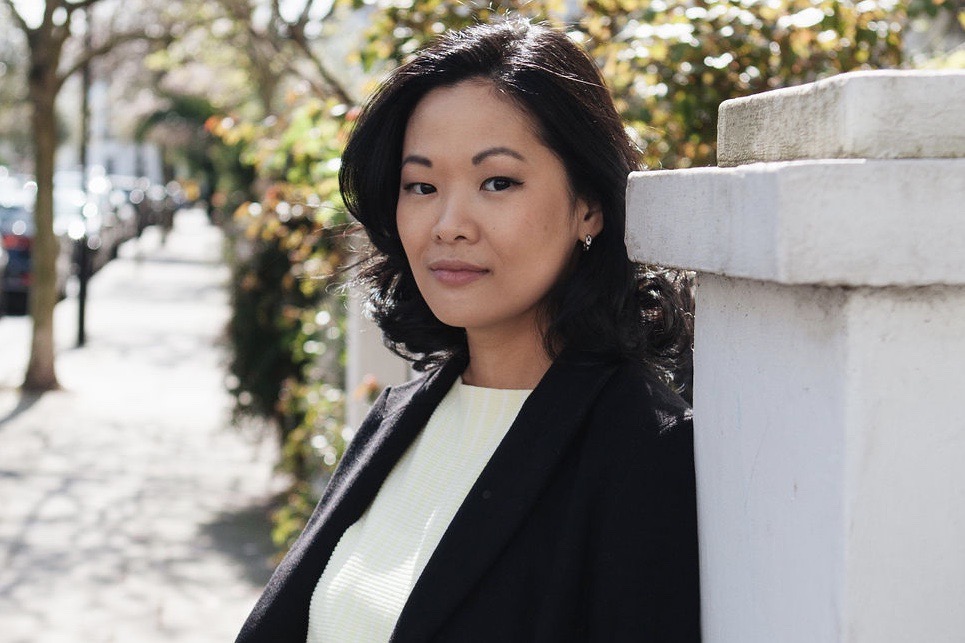How to Build a Reverse Mentoring Programme
- Katya Kim

- Sep 30, 2023
- 4 min read
Updated: Oct 17, 2023
Are you interested in implementing a reverse mentoring programme?
'Reverse mentoring is a practice where younger or less experienced employees are paired with more experienced executives or managers to share knowledge and insights. but it requires the right setting and a work culture where opinions and feedback are welcomed, and it needs to be structured properly to work well and to empower and develop learning. it usually works best in larger or siloed organisations where there is usually less mixing across the hierarchy or where the team is geographically not in the same space or spread apart.' (source: Reverse Mentoring – Why it is a must-have in 2023, by Dr Lynda Shaw, HRDirector)
Learn how to build a successful programme that fosters knowledge sharing and professional development.
This article will guide you through the process of:
- Setting objectives
- Selecting mentors and mentees
- Establishing a framework
- Designing a training plan
- Evaluating the programme for continuous improvement.
"The delicate balance of mentoring someone is not creating them in your own image but giving them the opportunity to create themselves." – Steven Spielberg
Identifying the Objectives of Your Reverse Mentoring Programme
You need to start by identifying the objectives of your reverse mentoring programme. This is crucial to ensure that your programme is purposeful and aligned with the goals of your organization.
Begin by asking yourself what you hope to achieve through reverse mentoring. Is it to enhance diversity and inclusion, or promote knowledge sharing?
Selecting and Pairing Mentors and Mentees for Maximum Impact
To ensure maximum impact, it's important to carefully select and pair mentors and mentees. Look for mentors who are open-minded, patient, and willing to share their knowledge.
Match mentors and mentees based on their compatibility and shared interests. This will help foster a positive and productive relationship.
Mentees should be eager to learn and receptive to new ideas. They should be motivated to take advantage of the knowledge and experience their mentors have to offer.
Establishing a Framework for Effective Knowledge Sharing
By creating a structured framework and fostering open communication, you can promote effective knowledge sharing in your reverse mentoring programme.
Start by establishing clear goals and objectives for the programme, ensuring that both mentors and mentees understand what's expected of them.
Develop a schedule or timeline for meetings and check-ins, allowing for regular and consistent knowledge exchanges.
Encourage mentors and mentees to openly share their experiences, perspectives, and insights with each other. This can be done through one-on-one meetings, group sessions, or even virtual platforms.
Provide resources and tools that support knowledge sharing, such as online platforms or documentation repositories.
Additionally, create a safe and inclusive environment where mentees feel comfortable asking questions and mentors feel empowered to share their expertise.
Designing a Training and Development Plan for Mentors and Mentees
To ensure the success of your reverse mentoring programme, mentors and mentees should participate in a comprehensive training and development plan.
This plan should be designed to equip mentors with the necessary skills and knowledge to effectively guide and support their mentees.
It should also provide mentees with the tools and resources they need for their learning and growth. The training and development plan should include workshops, seminars, on-the-job opportunities, professional networking, and online courses that focus on topics such as effective communication, active listening, cultural sensitivity, and technology skills.
Additionally, mentors and mentees should have opportunities for ongoing learning and development through regular feedback sessions, coaching sessions, and events.
Evaluating and Adjusting Your Reverse Mentoring Programme for Continuous Improvement
For continuous improvement, assess and make adjustments to your reverse mentoring programme based on feedback and performance evaluations. Evaluating the effectiveness of your programme is critical to ensure that it's meeting its objectives and delivering value to both mentors and mentees.
Seek feedback from participants to understand their experiences and identify areas for improvement. This can be done through surveys, interviews, or focus groups.
Regularly review the performance of mentors and mentees to gauge their progress and identify any areas where additional support or development may be needed.
Use this feedback and evaluation data to make necessary adjustments to your program, such as updating training materials or modifying the matching process.
Building a successful reverse mentoring programme requires several key steps.
It is important to clearly define the objectives of the program. This involves identifying the specific knowledge or skills that the mentees are seeking to acquire, as well as the desired outcomes for the mentors in terms of leadership development or gaining a fresh perspective.
Careful selection and pairing of mentors and mentees is essential. Mentors should possess the necessary expertise and be willing to share their knowledge, while mentees should be open-minded and receptive to learning from others.
Establishing a framework for knowledge sharing is another important aspect. This can include setting up regular meetings or check-ins, creating opportunities for informal learning and networking, and providing resources or tools to facilitate the exchange of knowledge.
Designing a comprehensive training and development plan can enhance the effectiveness of the reverse mentoring programme. This may involve providing mentors with training on coaching and mentoring techniques, as well as offering mentees resources to support their learning and growth.
Regular evaluation and adjustments are also essential for continuous improvement. Organizations should regularly assess the effectiveness of the programme, gather feedback from participants, and make necessary adjustments to address any challenges or areas for improvement.
By implementing these steps, organizations can foster a culture of learning and collaboration. A successful reverse mentoring programme can benefit both mentors and mentees, providing opportunities for personal and professional growth. If you need help with implementing mentoring, please let us know.




Comments